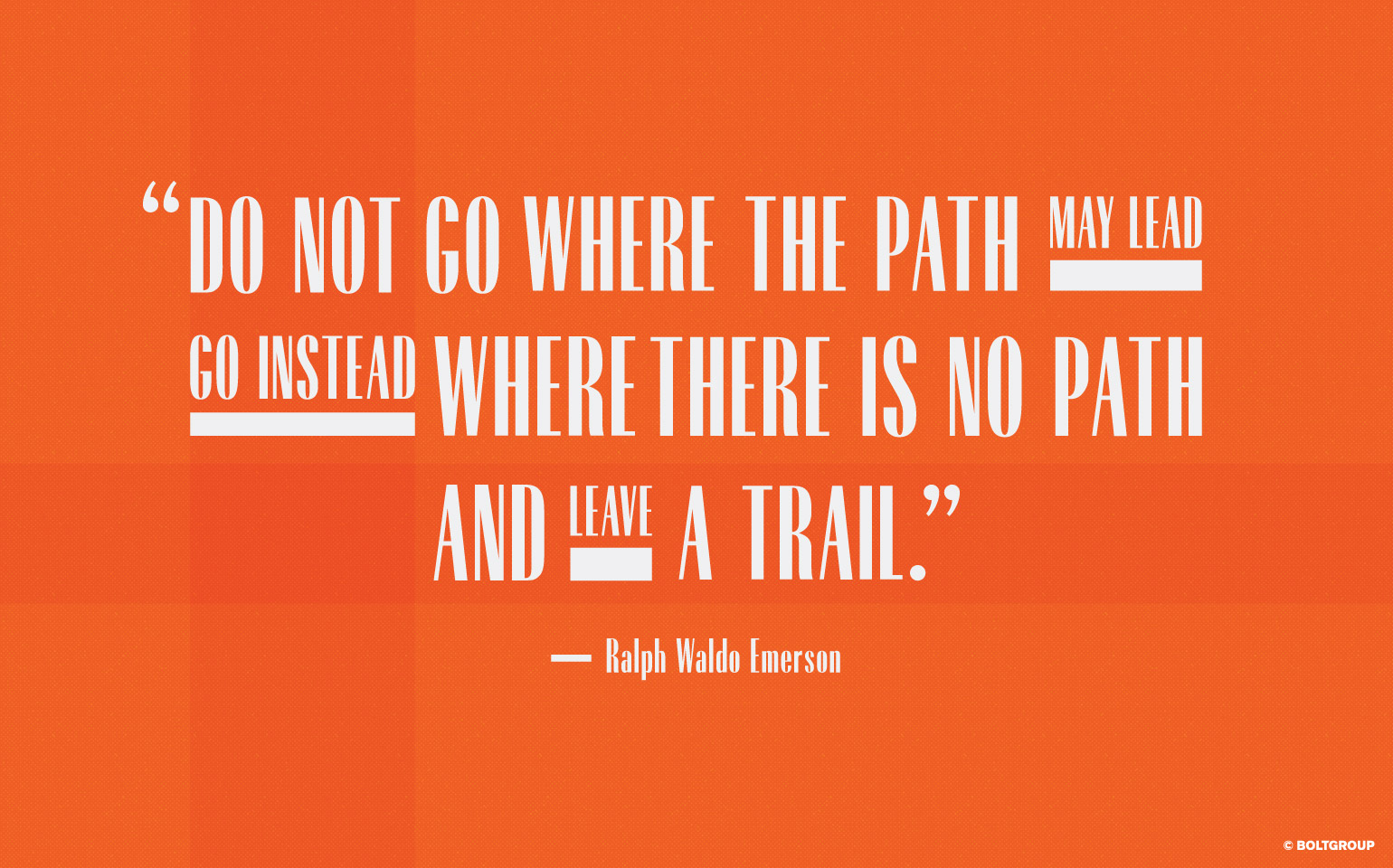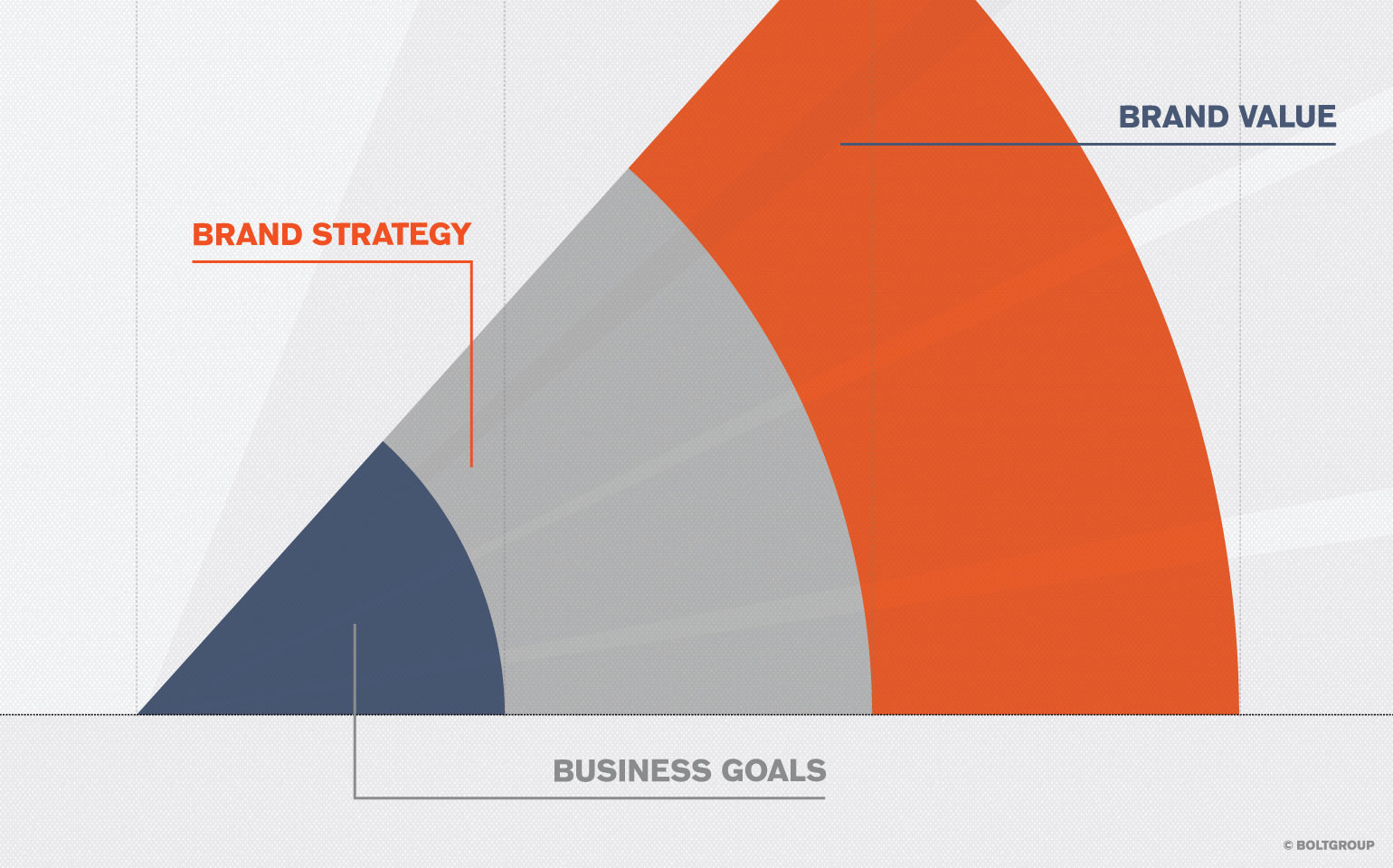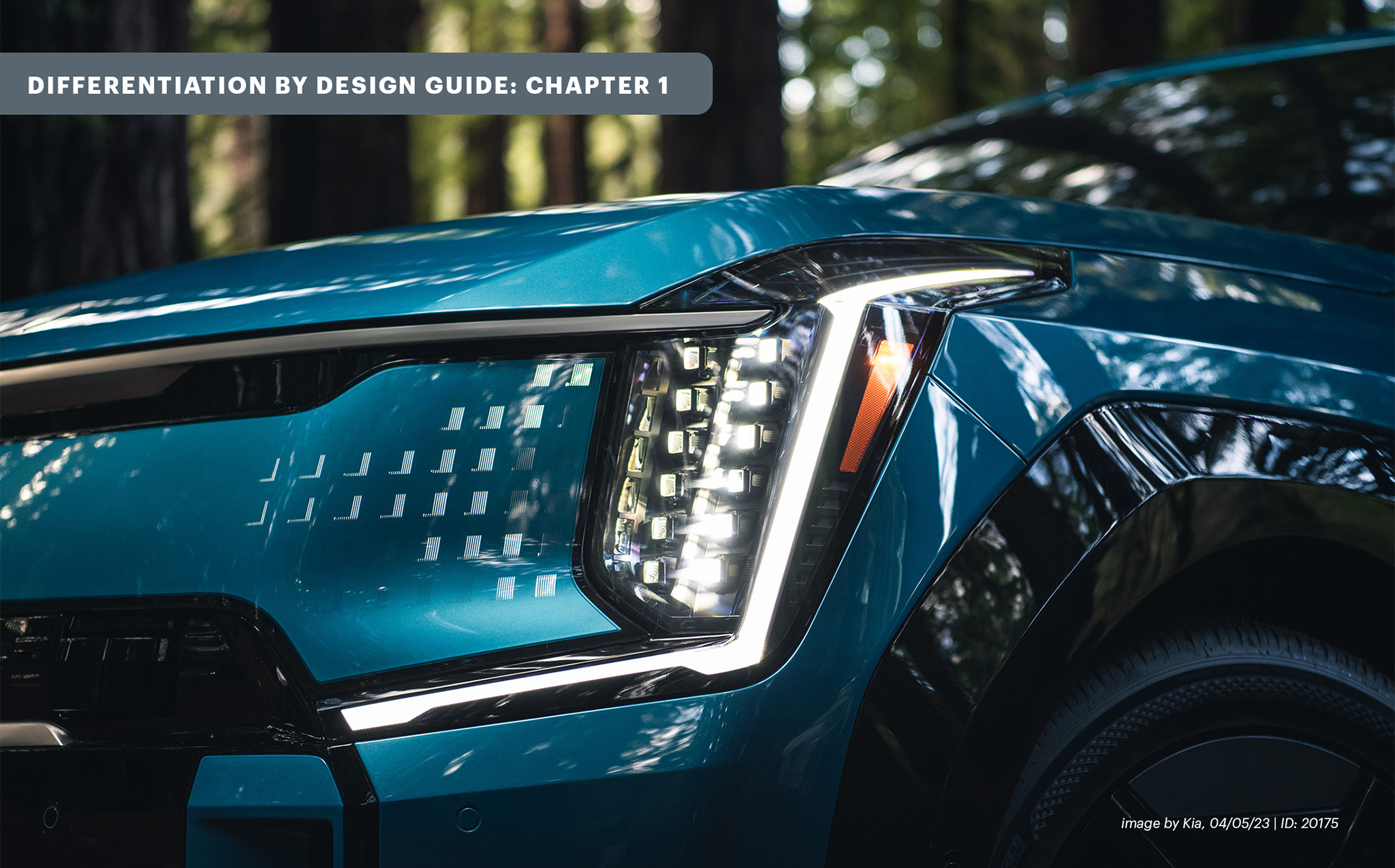Differentiation by Design Guide: Chapter 2
After establishing the importance of Visual Brand Language (VBL) in driving recognition, trust, and emotional connection, the next step is understanding the source from which all design expression must emerge: your brand strategy. Design gains clarity and effectiveness when grounded in identity, purpose, vision, values, and goals. A strong VBL system emerges when those elements translate into clear, repeatable design principles.
Brand strategy serves as the DNA that informs every visual and experiential decision. It defines purpose, mission, values, personality, and competitive positioning. These elements guide everything from internal culture to external perception, and they must be embedded in the design language of the brand’s products, packaging, environments, and digital platforms.



